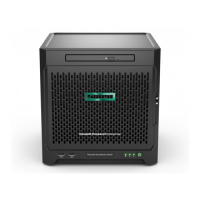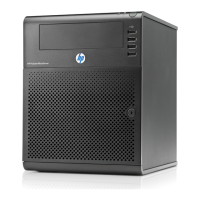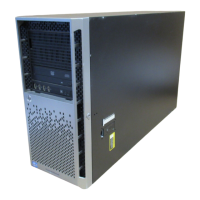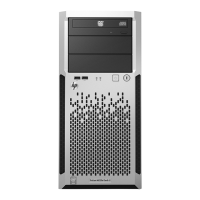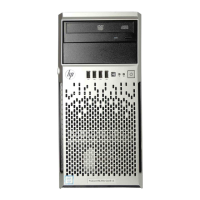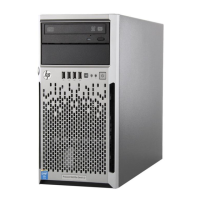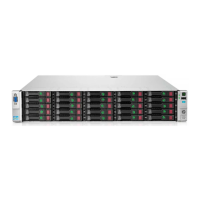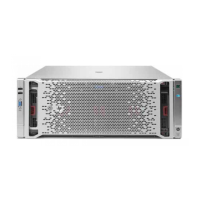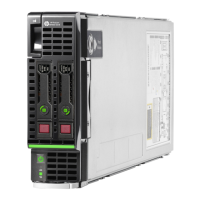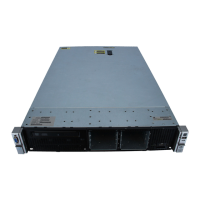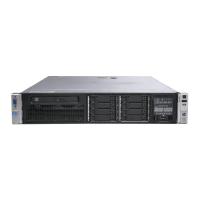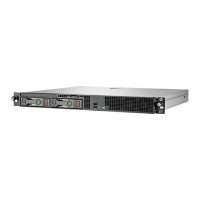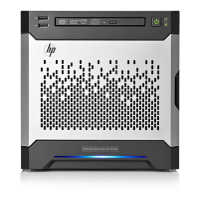
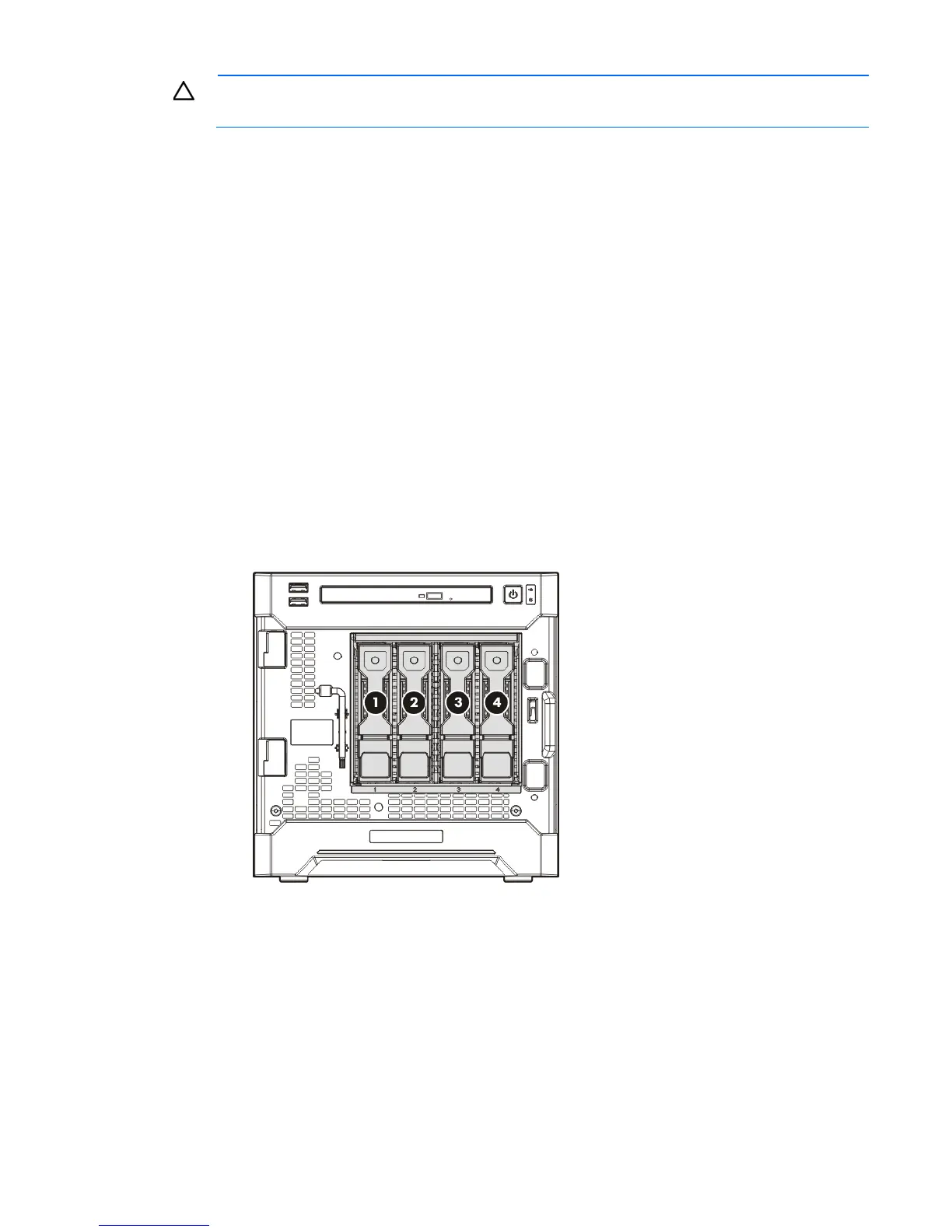
Do you have a question about the HP ProLiant MicroServer Gen8 and is the answer not in the manual?
| Tcase | 65.3 °C |
|---|---|
| Bus type | DMI |
| FSB Parity | No |
| Processor cache | 3 MB |
| Processor cores | 2 |
| Processor model | i3-3240 |
| System bus rate | 5 GT/s |
| Processor family | Intel® Core™ i3 |
| Processor series | Intel Core i3-3200 Desktop Series |
| Processor threads | 4 |
| Processor codename | Ivy Bridge |
| Motherboard chipset | Intel® C204 |
| Processor frequency | 3.4 GHz |
| Processor cache type | Smart Cache |
| Processor lithography | 22 nm |
| Processor manufacturer | Intel |
| Processor package size | 37.5 x 37.5 mm |
| Processor front side bus | - MHz |
| Processor operating modes | 64-bit |
| PCI Express configurations | 1x16, 2x8 |
| Supported instruction sets | AVX, SSE4.1, SSE4.2 |
| Thermal Design Power (TDP) | 55 W |
| Supported processor sockets | LGA 1155 (Socket H2) |
| Number of processors installed | 1 |
| Thermal solution specification | PCG 2011C |
| CPU multiplier (bus/core ratio) | 34 |
| Thermal Monitoring Technologies | Yes |
| Memory types supported by processor | DDR3-SDRAM |
| Memory channels supported by processor | Dual |
| Memory clock speeds supported by processor | 1333, 1600 MHz |
| Memory bandwidth supported by processor (max) | 25.6 GB/s |
| Maximum internal memory supported by processor | 32 GB |
| HDD size | 3.5 \ |
| RAID levels | 0, 1, 10 |
| HDD interface | Serial ATA |
| Optical drive type | DVD±RW |
| Total storage capacity | 1000 GB |
| Maximum storage capacity | 12 TB |
| Memory slots | 2x DIMM |
| Internal memory | 4 GB |
| Memory clock speed | 1600 MHz |
| Maximum internal memory | 16 GB |
| Memory layout (slots x size) | 1 x 4 GB |
| On-board graphics card ID | 0x152 |
| On-board graphics card model | Intel® HD Graphics 2500 |
| On-board graphics card family | Intel® HD Graphics |
| On-board graphics card base frequency | 650 MHz |
| On-board graphics card dynamic frequency (max) | 1050 MHz |
| Number of displays supported (on-board graphics) | 3 |
| Cabling technology | 10/100/1000Base-T(X) |
| Ethernet interface type | Gigabit Ethernet |
| Power supply | 200 W |
| Chassis type | Ultra Micro Tower |
| Serial ports quantity | 0 |
| USB 2.0 ports quantity | USB 2.0 ports have a data transmission speed of 480 Mbps, and are backwards compatible with USB 1.1 ports. You can connect all kinds of peripheral devices to them. |
| PCI Express slots version | 2.0 |
| Operating system installed | - |
| Compatible operating systems | Microsoft Windows Server Red Hat Enterprise Linux SUSE Linux Enterprise Server VMware |
| Processor ARK ID | 65690 |
| Intel Secure Key Technology version | 0.00 |
| Intel Identity Protection Technology version | 1.00 |
| Depth | 245 mm |
|---|---|
| Width | 230 mm |
| Height | 232.4 mm |
| Weight | 9800 g |
Identifies and describes the physical components located on the front of the server.
Details the status indicators and controls on the server's front panel.
Lists and identifies the connectors and ports found on the rear of the server.
Explains the status indicators and controls located on the server's rear panel.
Illustrates and labels the main parts situated on the server's system board.
Step-by-step guide on how to turn on the server and its expected behavior.
Instructions for safely shutting down the server, including important warnings.
Procedures for accessing the server's front panel by opening the bezel.
Detailed steps to detach the front bezel from the server chassis.
Instructions for reattaching the front bezel to the server.
Guidance on how to safely remove the server's main chassis cover.
Steps for reattaching the server's chassis cover.
Instructions for safely disconnecting and removing the system board.
Steps for reinstalling the system board into the server chassis.
Guidelines for selecting an installation location that meets environmental standards.
Specifies the recommended operating and non-operating temperature ranges.
Details electrical regulations and guidelines for safe server power installation.
Important safety warnings and precautions for handling and operating the server.
Guides on initial power-on and choosing boot devices or configurations.
Procedures for setting up the server, including OS installation via Intelligent Provisioning.
Procedures for installing a dedicated storage controller card into the server.
Introduction to the Integrated Lights-Out (iLO) subsystem for server management.
Description of the system monitoring and diagnostic tool for hardware health.
Overview of the embedded deployment tool for OS and firmware installation.
Utility for system diagnostics and troubleshooting.
Information on the SPP for system software, drivers, and firmware updates.
Tool for installing and updating firmware, drivers, and system software.
Utility for configuring system settings during boot.
Lists guides and resources for resolving common server problems and error messages.
Technical details for the server's integrated power supply units.
